With Liverpool enduring a miserable run of results as sides continue to frustrate them in the Premier League, Harry McMullen feels Jurgen Klopp should look to Dortmund.
Like many loyal Liverpool fans, I was heartened to read parallels between our current predicament and Jurgen Klopp’s first title defence at Borussia Dortmund.
Until our own dramatic turnaround materialises, I find myself looking to the German side’s current situation.
It is eerily similar – on the fringes of the top four, in an open title race – yet tactically distinct, lining up in an attacking 3-4-2-1 shape that has yielded plenty of goals.
As low, narrow blocks continue to stymie the Reds, could adding a third defender solve our offensive crisis?
The Signal from Iduna Park
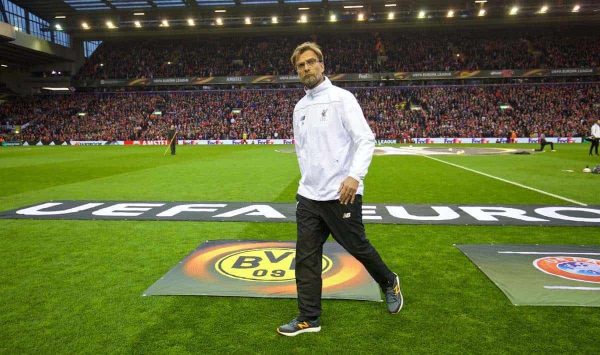
Dortmund typically look to play out from the back, with converted midfielders (former Red Emre Can) and full-backs (Lukasz Piszczek) using their quality on the ball to dominate possession.
The wing-backs adopt positions near the touchline, stretching the play and creating passing options to penetrate the opposition press by drawing opponents to the ball and creating space in the middle.
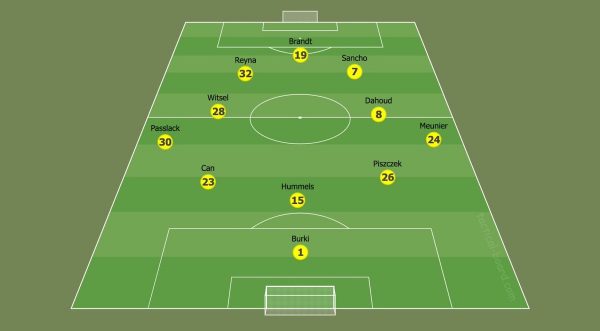
Though Liverpool currently operate with a back four, one of the midfield trio (usually Thiago) drops deep to form a similar three when building up from the back.
However, with teams now prepared for this, they rarely attempt to press the ball until it reaches either Trent Alexander-Arnold or Andy Robertson out wide, as the touchline beside them makes it easier to cut off the pitch.
Since losing the long, raking diagonal balls from Virgil van Dijk, Liverpool’s buildup play has become easy to predict, with the full-backs forced to play a short, safe pass infield or back to the central defenders.
Where Dortmund’s approach suggests a solution is in the starting position of their wide men.
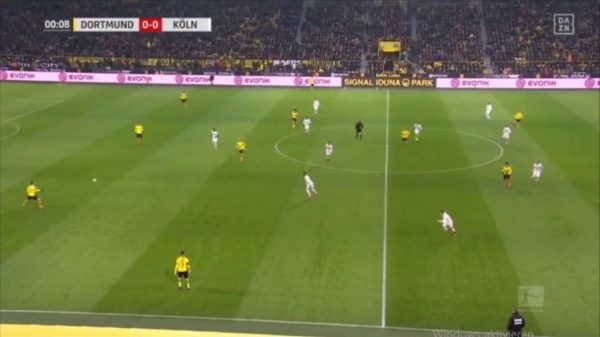
By maintaining a permanent three-man back line, they reduce the defensive onus on the wing-backs. This allows them to begin the attack higher up the pitch and get the attackers involved much quicker.
This was seen against Hoffenheim, where the left wing-back Raphael Guerreiro drew out the opposition full-back before playing a quick one-two with the central midfielder to get in behind, threading the ball directly to the centre-forward (Liverpool target Erling Haaland) to shoot.
This incisive energy and intensity – proudly hailed by Pep Lijnders as Liverpool’s identity – has been missing from Liverpool’s game, with sideways passes deep in the opponent’s half making it far too easy for the opposition defence to narrow the pitch and stifle the play.
Countering the counter
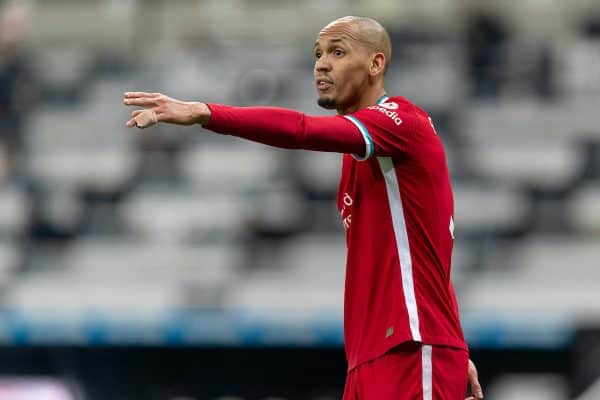
As demonstrated by Marcus Rashford’s copious offsides in the recent 0-0 draw with Man United, Liverpool’s makeshift back line has proved largely impervious to counter-attacks in recent times.
The concession of just three goals during the recent winless run in the Premier League is a commendable return considering the absence of a natural central defensive pair.
But the loss of quality midfield options further forward has seen just one goal scored in the same period. How does Klopp optimise his squad’s attacking potency whilst maintaining its immunity to opposition breakaways?
For Dortmund, the use of a permanent back three (whilst playing a high line similar to our own) offsets counters by denying opponents numerical overloads in transition.
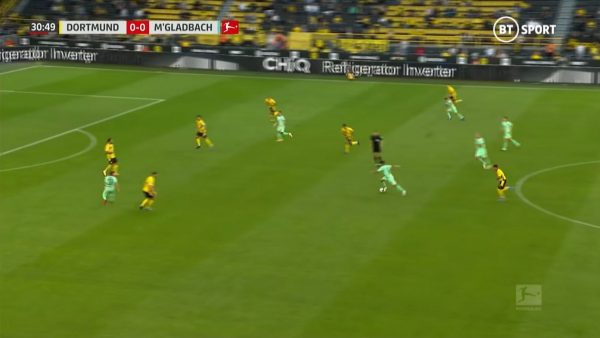
This means players such as Can and Pisczek – not natural centre-backs – are rarely drawn into one-on-one duels when opponents break up the pitch, the likes of which have seen both Rhys Williams and Nat Phillips beaten for pace in recent games.
This ‘strength in numbers’ approach could bring the less experienced (Phillips, Williams) and the less naturally inclined (Kostas Tsimikas, for example) into contention, whilst freeing up midfield players to return to the midfield.
While Dortmund’s central midfielders resemble an old-school partnership, taking turns to support the defence or attack as needed, Liverpool’s own world-class options have the guile, quality and dynamism, freed of their ‘functional’ responsibilities, to dominate the central regions and make an impact on the scoresheet.
Three at the back – but what about the three up front?
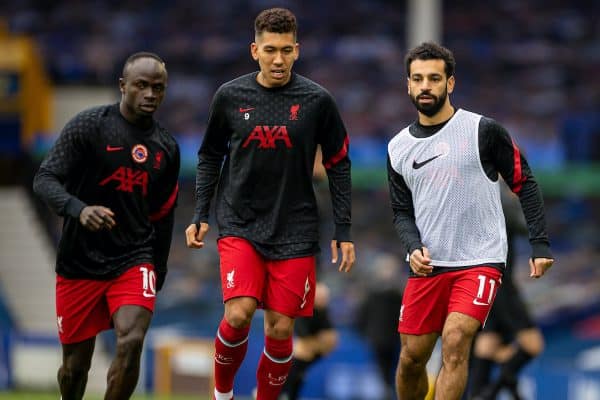
Which brings us back to Liverpool’s blunted attack. The current setup, using a false nine to drop deep and wingers drifting inside, has struggled to combat low blocks that congest space in the middle of the pitch.
In Dortmund’s attacking trident, it is the two wide men – rumoured Liverpool targets Jadon Sancho and Gio Reyna – who drop into the midfield, drawing out defenders to create space for the lone striker to exploit.
During an early-season game against Freiburg this was seen at its most potent, with Reyna carrying the ball forwards from deep while Sancho and Haaland made penetrating runs, before playing a clever pass for Haaland to lash across goal with his rocket left foot.
Reyna’s work here was reminiscent of our own Sadio Mane; both excellent carriers of the ball, fearless in the one-on-ones and unselfish in the final third.
Meanwhile, our top scorer Mo Salah also possesses a famous left foot and killer instinct for goal, suggesting we are well-placed to emulate the German side’s formula.
Backwards to go forwards?
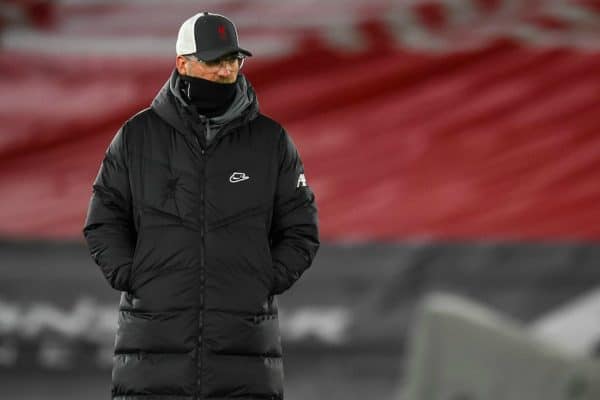
It’s important to note that the ideas outlined here are more adaptations than wholesale changes, designed to provide the spark for that first goal from which the rest will follow.
These are the reigning, defending champions, with a history of overcoming adversity to find solutions when it matters.
During perhaps the darkest storm of recent times, it could simply be a glance towards Klopp’s past that illuminates the golden sky once again.
* This is a guest article for This Is Anfield by Harry McMullen. Follow Harry on Twitter, @mcmulhar.

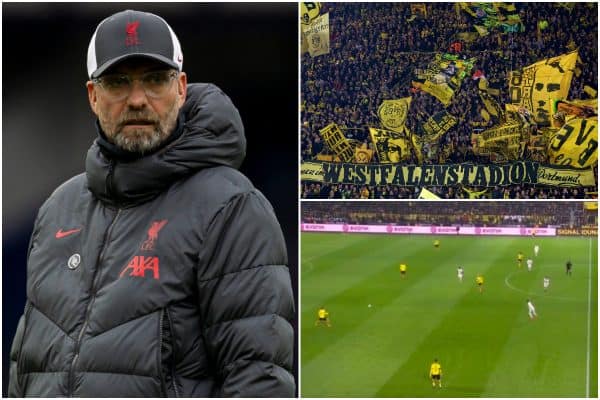


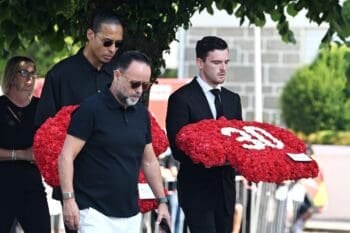
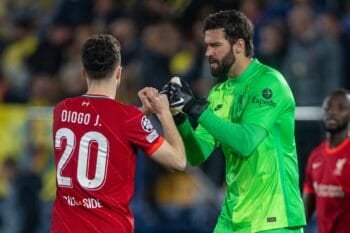
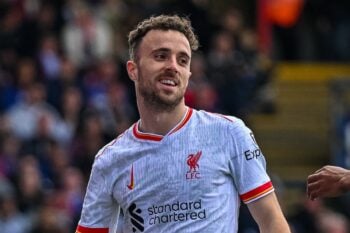
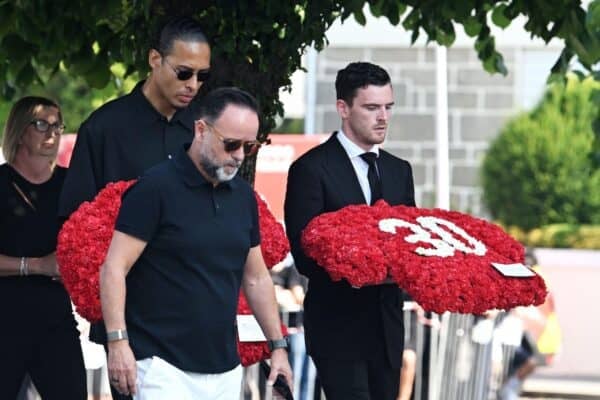
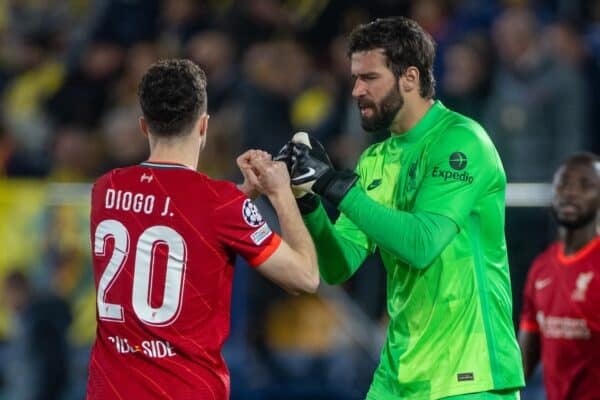
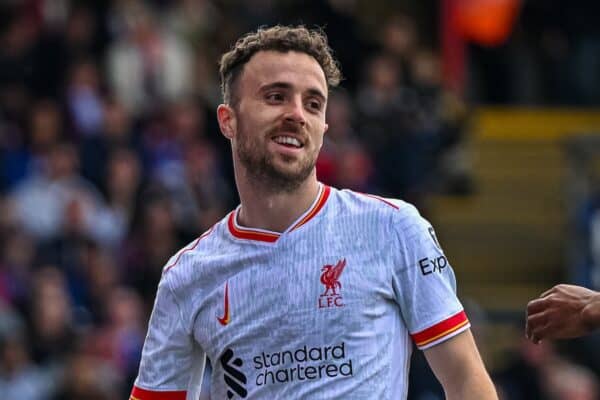
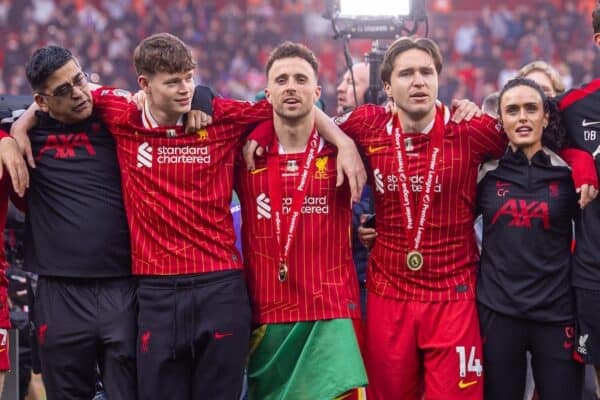

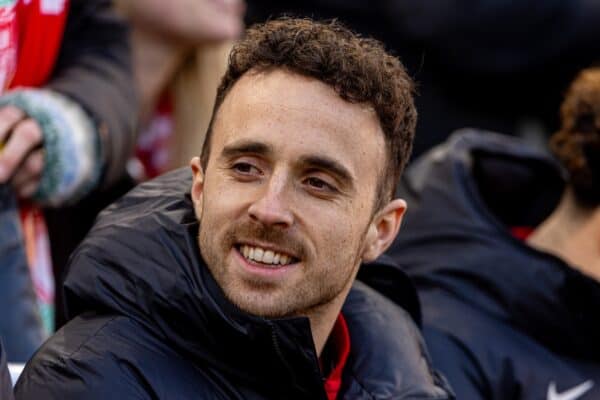
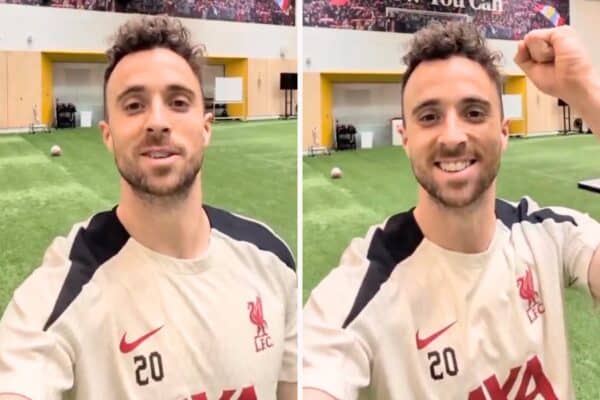
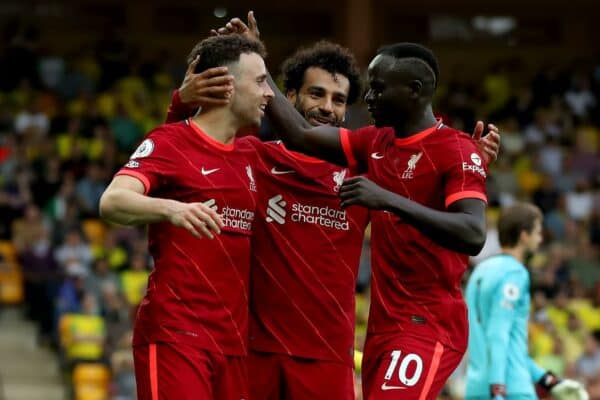



Fan Comments